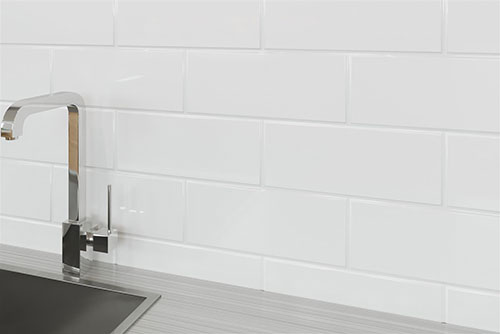Specialist electrical goods supplier, ElectricalDirect has added a number of new heating solutions to its range in preparation for the winter season. The new additions include electric radiators, underfloor heating and portable heaters, all in stock and available for next day delivery.
New underfloor heating

As part of its growing line up, the supplier has introduced an entirely new range of underfloor heating components from market leading brand Heat Mat. The new stock spans everything from the Heat Mat NG Touch touchscreen thermostat, through to the Heat Mat Electric Underfloor heating mat to complete any underfloor heating project.
New electric radiators and panel heaters
 Several new electric radiators are now available, including the Rointe D Series electric radiator with WI-FI. Featuring smart technology, end users can adjust their radiators from anywhere, with the Rointe Connect LITE app.
Several new electric radiators are now available, including the Rointe D Series electric radiator with WI-FI. Featuring smart technology, end users can adjust their radiators from anywhere, with the Rointe Connect LITE app.
Thanks to their slim design and thermal properties panel heaters are an excellent choice for smaller spaces where instant heat is required. ElectricalDirect’s range now includes the easy to install Dimplex PLX200E 2.0kW electric panel heater with adaptive start controls and ‘open window detection’ to reduce energy wastage.
New portable heaters
 The portable Jet Heat industrial electric fan heaters are designed to provide comfortable heat in storage rooms, construction sites, workshops, warehouses and more. These 3kW and 9kW heaters are ideal for smaller poorly ventilated areas as the fans do not consume oxygen and are completely odourless.
The portable Jet Heat industrial electric fan heaters are designed to provide comfortable heat in storage rooms, construction sites, workshops, warehouses and more. These 3kW and 9kW heaters are ideal for smaller poorly ventilated areas as the fans do not consume oxygen and are completely odourless.
Speaking on the new additions, Carrie Earl, Category Manager at ElectricalDirect said: “We regularly review our entire range to ensure our professional and trade customers get the products that they need for a vast range of projects and applications. Our new heating additions join a number of products that we supply for both domestic and commercial washrooms, including electric towel rails, panel heaters and electric hand dryers, as well as extractor fans, ducting and hot water controls.”
ElectricalDirect stock a wide range of products required to keep customers warm this winter season along with over 12,000 electrical goods, all available for next day delivery at www.ElectricalDirect.co.uk.



 Girder Clamp Configurator – produces fully detailed connection drawings for you to download as PDFs.
Girder Clamp Configurator – produces fully detailed connection drawings for you to download as PDFs. trickle ventilation when opened on the tilt. Or creates full purge when opened along the vertical frame axis.
trickle ventilation when opened on the tilt. Or creates full purge when opened along the vertical frame axis.

 Altro Tegulis is faster to install than ceramic tiles, is low in VOC emissions, easy to clean, and stain resistant. It is easy to install using one of Altro’s unique jointing methods, with minimum disruption and significant cost savings compared to traditional ceramic tile installations.
Altro Tegulis is faster to install than ceramic tiles, is low in VOC emissions, easy to clean, and stain resistant. It is easy to install using one of Altro’s unique jointing methods, with minimum disruption and significant cost savings compared to traditional ceramic tile installations. Using the half-lap installation method combined with Altro sanitary sealant, the Altro Tegulis wall system prevents water and bacteria from penetrating below the surface, ideal for use in wet rooms and spaces with high levels of humidity. Altro’s interlock installation method works for installations where excess moisture and water are unlikely to impact the walls.
Using the half-lap installation method combined with Altro sanitary sealant, the Altro Tegulis wall system prevents water and bacteria from penetrating below the surface, ideal for use in wet rooms and spaces with high levels of humidity. Altro’s interlock installation method works for installations where excess moisture and water are unlikely to impact the walls.
